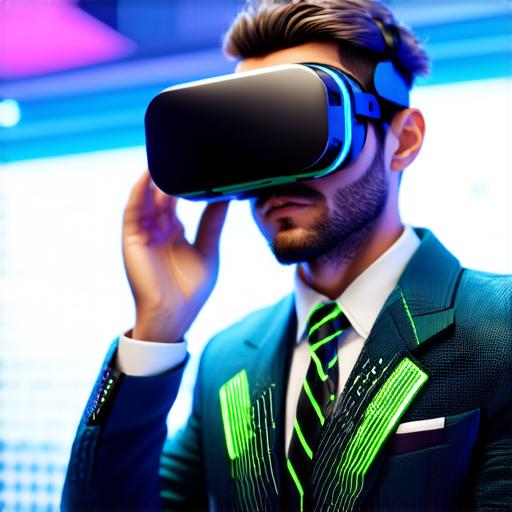Virtual reality (VR) is a rapidly growing technology that allows users to immerse themselves in a digital world. With VR, you can experience things like never before and engage with your audience in new and exciting ways.
1. Define your concept

Before you start creating your VR video, it’s important to define what you want to achieve. This includes identifying your target audience, understanding their interests and preferences, and deciding on the type of content you want to create. Consider factors such as the length of the video, the level of interactivity required, and any specific technologies or tools you’ll need.
2. Plan your shoot
Once you have a clear concept in mind, it’s time to start planning your shoot. This includes scouting locations, hiring equipment, and coordinating with your crew. You’ll also need to consider things like lighting, sound, and any special effects or graphics that will be required. It’s important to be thorough in your planning to ensure a smooth and successful shoot.
3. Capture your footage
With your plan in place, it’s time to capture your footage. This involves setting up your cameras, capturing your actors and other elements of the scene, and making sure everything is captured correctly. Depending on the type of VR video you’re creating, this may involve using specialized equipment or software.
4. Create your environment
Once you have your footage, it’s time to create your virtual reality environment. This involves using 3D modeling and animation tools to create a digital world that users can explore. This may include designing interactive elements, adding lighting effects, and creating realistic textures and materials.
5. Edit your video
With your environment ready, it’s time to edit your video. This involves assembling the footage you captured, adding any special effects or graphics, and fine-tuning the audio. It’s important to pay close attention to pacing, transitions, and other details that can affect the overall viewing experience.
6. Test and refine
Finally, it’s time to test your virtual reality video and make any necessary refinements. This involves testing your video on a variety of devices and platforms, getting feedback from users, and making changes based on that feedback. It’s important to be open to constructive criticism and willing to make improvements until you have a final product that meets your goals and exceeds the expectations of your audience.
In conclusion, creating a virtual reality video is a complex process that requires careful planning, attention to detail, and a high level of technical expertise. With the right tools, equipment, and approach, however, it’s possible to create an immersive and engaging experience that will leave your viewers amazed and inspired.
